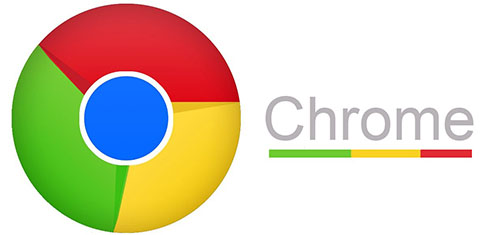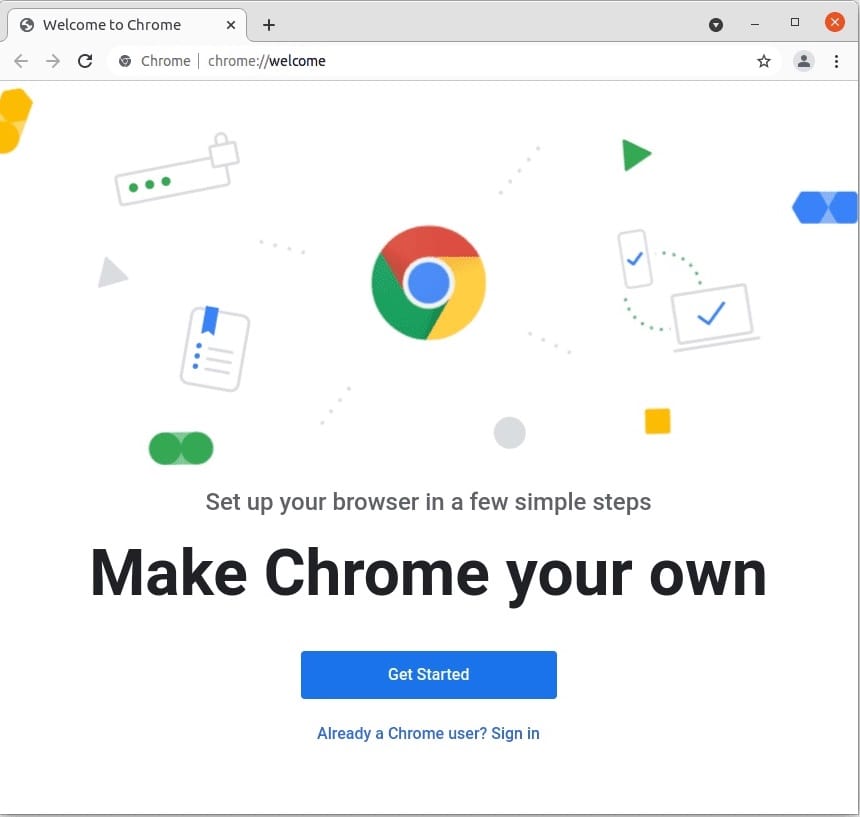How To Install Google Chrome on Fedora 40

In this tutorial, we will show you how to install Google Chrome on Fedora 40. Google Chrome, the world’s most popular web browser, is renowned for its speed, security, and user-friendly interface. With its extensive library of extensions and themes, Chrome offers a highly customizable browsing experience. For users of Fedora 40, a powerful and stable Linux distribution, installing Google Chrome is a straightforward process.
This article assumes you have at least basic knowledge of Linux, know how to use the shell, and most importantly, you host your site on your own VPS. The installation is quite simple and assumes you are running in the root account, if not you may need to add ‘sudo‘ to the commands to get root privileges. I will show you the step-by-step installation of the Google Chrome web browser on a Fedora 40.
Prerequisites
Before we dive into the installation process, ensure that you have the following prerequisites in place:
- A server running one of the following operating systems: Fedora 40.
- It’s highly recommended to update your Fedora system to the latest version before proceeding with the Docker installation.
- You will need access to the terminal to execute commands. Fedora provides the Terminal application for this purpose. It can be found in your Applications menu.
- A stable internet connection to download the necessary packages.
- A non-root sudo user or access to the root user. We recommend acting as a non-root sudo user, however, as you can harm your system if you’re not careful when acting as the root.
Install Google Chrome on Fedora 40
Step 1. Update the System.
To begin, open the terminal on your Fedora 40 system. Ensure that your system is up to date by running the following command:
sudo dnf clean all sudo dnf update
This command will update your system with the latest available packages, ensuring a smooth and compatible installation process.
Step 2. Installing Google Chrome on Fedora 40.
Fedora, like many Linux distributions, uses repositories to manage software packages. To install Google Chrome, you must first add Google’s official YUM/DNF repository to your system. This ensures that you are downloading the authentic Google Chrome package and enables your system to receive future updates directly from Google.
To add the Google Chrome repository, run the following command:
sudo dnf config-manager --set-enabled google-chrome
With the repository added, you can now install Google Chrome. Google offers three versions of Chrome: Stable, Beta, and Unstable. The Stable version is recommended for most users, as it provides the most reliable and thoroughly tested experience. To install Google Chrome Stable, run the following command:
sudo dnf install google-chrome-stable
If you prefer to try out new features before they are released to the Stable channel, you can opt for the Beta version:
sudo dnf install google-chrome-beta
For developers and advanced users who want to test cutting-edge features, the Unstable version is available:
sudo dnf install google-chrome-unstable
Step 3. Launching Google Chrome on Fedora.
Now that Google Chrome is installed on your Fedora 40 system, you can launch the browser using either the terminal or the graphical user interface (GUI). To launch Chrome from the terminal, simply type:
google-chrome
Alternatively, you can find Google Chrome in your application launcher by searching for “Google Chrome” or navigating to the “Internet” category.

Upon launching Google Chrome for the first time, you will be greeted with a welcome screen. Here, you can choose to sign in to your Google account, which will sync your bookmarks, history, and settings across devices. You can also customize your browsing experience by setting Chrome as your default browser and choosing your preferred search engine.
Congratulations! You have successfully installed Google Chrome. Thanks for using this tutorial for installing the Google Chrome browser on your Fedora 40 system. For additional or useful information, we recommend you check the official Chrome website.